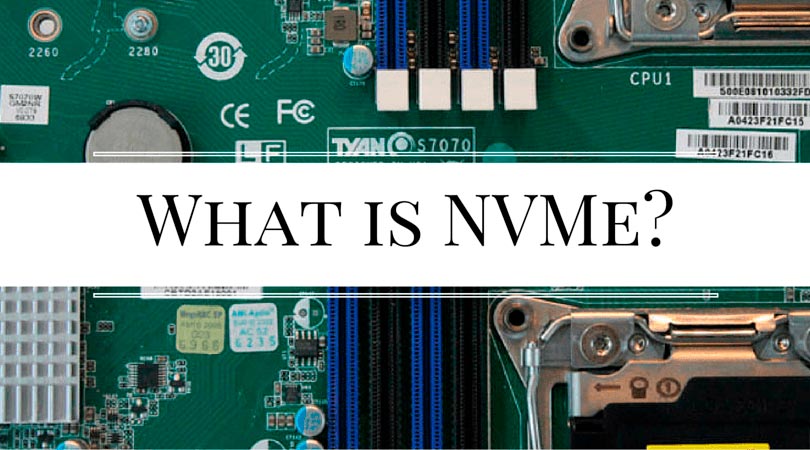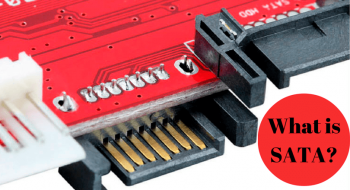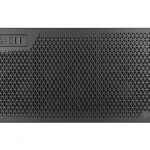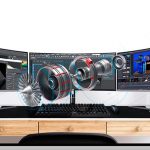NVM Express or Non-Volatile Memory Host Controller Interface Specification is a an optimized register interface for accessing non-volatile storage media specifically for PCIe-based SSD’s with the aim of increased interoperability for broad groups of enterprise and client systems. This non-volatile memory is normally known as flash memory that comes in the form of a solid-state drive. NVMe was designed to take advantage of low latency and with the introduction of SATA and AHCI and is going to capitalize on Random Access Memory storage as well.
History
The first introduction of NVMe was at the Intel Developer Forum in 2007 where a NVMHCI work group led by Intel was formed later that year. The original specification was completed in spring of 2008 and was then released to the Intel website. The detailed side of the product began its work in the later part of 2009 with over 90 companies taking part in its construction. The now official NVMe version 1.0 was released in March of 2011 and it has been upgraded all the way to the commercial market in November of 2014.
Working with SSDs
SSDs come in many different storage sizes with a wide variety of efficiency rates. As mentioned in our previous article, legacy storage buses such as Serial ATA, can offer large bandwidths that will help regulate a standard SSD, but are not the most optimal. The limited Gbps ceiling of a bus drive like Serial ATA limits the performance of a current SSD. Most PC storage infrastructure was simpler to use, and that is why SSDs were used in slower systems with the likes of SATA. While this system worked and still works, it was replaced with an even higher bandwidth bus technology called PCI express. The increased MBps per lane in each new generation (2 and 3) offers multiple capabilities to double up on storage that will match the increased speed. Expansion card solutions are considered to be up to date and have been available to the public for a while now at a small scale, but the market is still relying on other protocols with straight-line hard drives.
What it has and what it doesn’t
One of the most gorgeous features of the NVM Express is its simple ability to port. Drivers are already in place through older Linux, Windows, and Server systems. With the standardization of the interface of SSDs, operating systems only need one driver to work with all SSD’s regarding to the specification. This also means that SSD manufacturers won’t have to entertain the hassle of designing specific interface drivers. A normal comparison of this is how USB mass storage devices are built to follow USB mass-storage device class specification to work all computers. The drivers for the NVMe may be in place but sometimes the BIOS and connectors are not. Without BIOS support you lose the ability to boot from an NVMe drive. The option to update your BIOS is available. Connectors are the other side of NVMe that are lacking in its original makeup. The purchase of these connectors won’t do an incredible amount to up your M.2. Speed from SATA but it will help.
Conclusion
If you’re looking for the industry leading interface specification that will access non-volatile storage at high speed and efficiency, then the NVM Express is the right product for you. While older bus interfaces may appeal more to the normal consumer for their simplistic methods and ability to stay compatible with older PC infrastructure, the NVMe can appeal to the higher powered market. Pair it with the right components and this interface will satisfy your interface. The NVMe isn’t quite ready to hit the market full scale, but will see a vast improvement when it does.









No comments yet